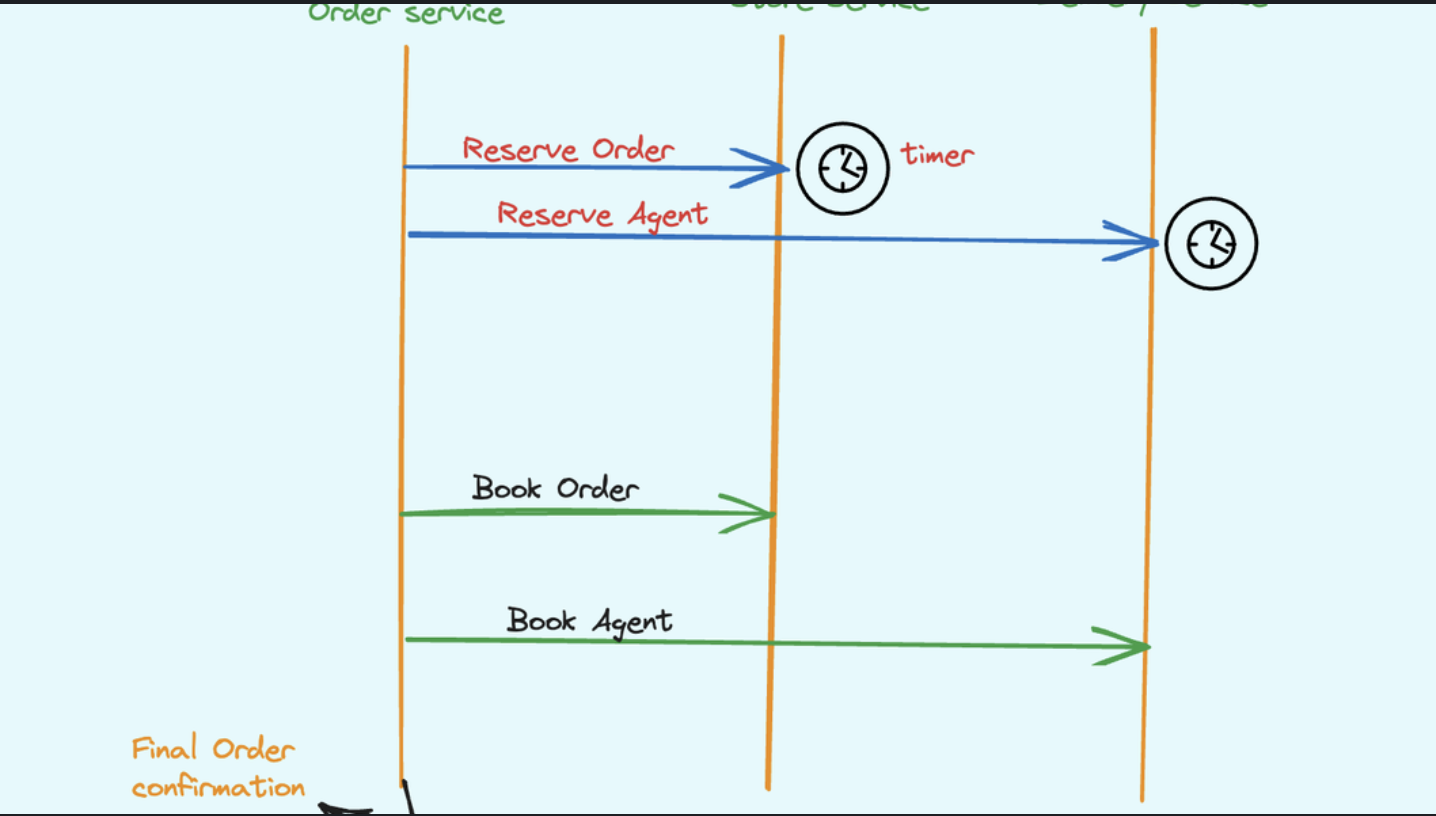Embedded databases offer a powerful solution for local data storage in various applications. They provide the benefits of a full-fledged database system without the complexity of server setup and maintenance. By leveraging the capabilities and limitations of embedded databases, developers can use them to create efficient, self-contained applications that manage data effectively.
This embedded category databases are commonly used in software applications that require persistent storage of data but do not need the scalability and performance of a full-fledged client-server database system. They are also used in embedded systems, such as mobile devices, where resources are limited and a separate database server may not be practical.
Overall, embedded databases offer many advantages over traditional client-server database systems, including lower overhead, faster performance, and simpler administration. However, they may not be suitable for all applications, particularly those that require high scalability, availability, and data consistency.
Key Features of Embedded Databases:
- Lightweight: Minimal resource requirements and small footprint.
- Serverless: No separate database server process needed.
- Zero-configuration: Easy to set up and use with little to no configuration.
- Cross-platform compatibility: Can run on various operating systems and devices.
- ACID compliance: Ensures data integrity through Atomicity, Consistency, Isolation, and Durability.
- Concurrent access: Supports multiple simultaneous read and write operations.
Benefits of Using Embedded Databases:
- Simplified deployment: Packaged with the application for easy distribution.
- Reduced complexity: No need for separate database administration.
- Improved performance: Direct access to data without network overhead.
- Offline capabilities: Applications can function without an internet connection.
- Lower costs: No licensing fees for separate database servers.
- Enhanced security: Data remains local and under the application’s control.
Common Use Cases:
- Mobile applications: Local data storage for smartphones and tablets.
- Desktop software: Efficient data management for standalone applications.
- IoT devices: Compact storage solution for embedded systems.
- Edge computing: Local data processing and storage in distributed environments.
- Caching: Temporary data storage for improved application performance.
- Configuration management: Storing application settings and user preferences.
Popular Embedded Database Solutions:
- SQLite: Widely used, serverless relational database.
- Berkeley DB: High-performance, key-value embedded database.
- LevelDB: Fast key-value storage engine by Google.
- RocksDB: Embeddable persistent key-value store developed by Facebook.
- LMDB: Lightning Memory-Mapped Database, known for its speed and efficiency.
Let’s Implement an Embedded Database: SQLite
// We'll create a simple Python application that demonstrates basic CRUD (Create, Read, Update, Delete) operations.
import sqlite3
# Connect to the database
conn = sqlite3.connect('example.db')
cursor = conn.cursor()
# Create a table
cursor.execute('''
CREATE TABLE IF NOT EXISTS users (
id INTEGER PRIMARY KEY,
name TEXT NOT NULL,
email TEXT UNIQUE NOT NULL
)
''')
# Insert a new user
def insert_user(name, email):
cursor.execute('INSERT INTO users (name, email) VALUES (?, ?)', (name, email))
conn.commit()
print(f"User {name} inserted successfully.")
# Retrieve all users
def get_all_users():
cursor.execute('SELECT * FROM users')
return cursor.fetchall()
# Update a user's email
def update_user_email(user_id, new_email):
cursor.execute('UPDATE users SET email = ? WHERE id = ?', (new_email, user_id))
conn.commit()
print(f"User {user_id} email updated successfully.")
# Delete a user
def delete_user(user_id):
cursor.execute('DELETE FROM users WHERE id = ?', (user_id,))
conn.commit()
print(f"User {user_id} deleted successfully.")
# Example usage
insert_user('Alice', '[email protected]')
insert_user('Bob', '[email protected]')
print("All users:")
for user in get_all_users():
print(user)
update_user_email(1, '[email protected]')
delete_user(2)
print("\nUpdated user list:")
for user in get_all_users():
print(user)
# Close the connection
conn.close()
As we have written in the above example, implementing an embedded database can be straightforward, allowing developers to focus on building feature-rich applications without worrying about complex database infrastructure. Whether you’re developing mobile apps, desktop software, or IoT devices, embedded databases can provide the data management capabilities you need with minimal overhead.💡



